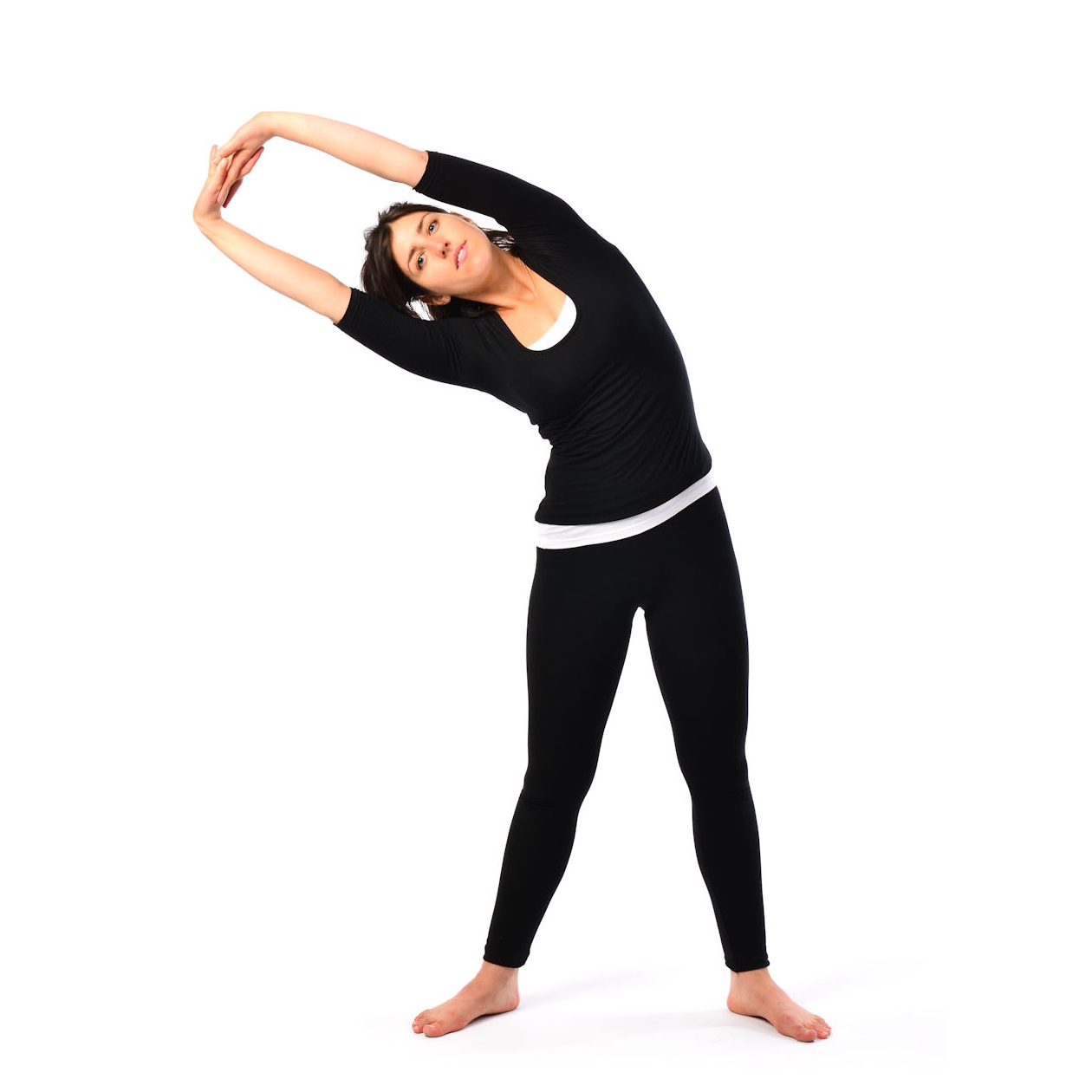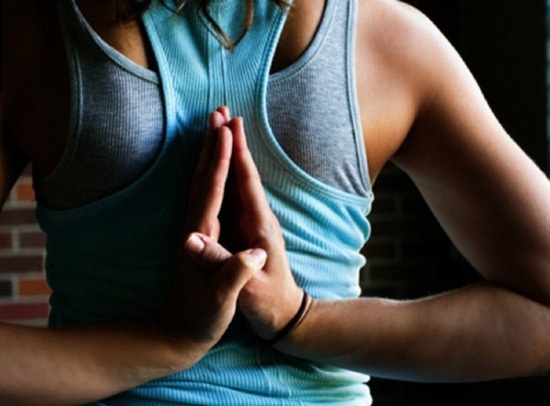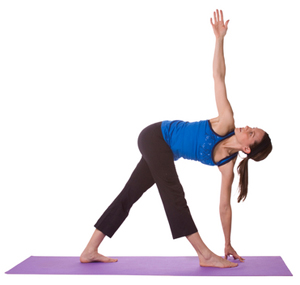Eating disorders are complex and potentially life-threatening conditions that arise from a combination of behavioral, emotional, psychological, interpersonal, biological, and social factors. They are viewed as a dysfunction of the first chakra in the yogic energetic system. Women with eating disorders often use food and the control of food in an attempt to numb or avoid feelings and emotions that are over-whelming.

Anorexia is marked with pronounced weight loss, triggered off by emotional factors such as low self-esteem and a feeling of not being in control, induce this condition.
The symptoms include an acute preoccupation with body size which leads to very low food intake, and excessive exercising.
Yoga can be an effective tool to restore the imbalances in both the body and the mind that occur with eating disorders. Yoga has a profound ability to balance the emotions and has been shown to help relieve depression, anger and anxiety and to promote equanimity: a calm, clear focused mind. Yoga can also promote self-esteem and a positive body image, which play primary roles in eating disorders, through the cultivation of non-judgment, confidence, self-acceptance, openness and inner strength. Physically, a regular yoga practice can help rebuild the strength, energy and bone density that is damaged and lost with Anorexia.
Here are ten yog-asanas to manage and overcome Anorexia:
|
Tadasana Samasthithi
Tadasana Urdhva Baddha Hastasana
Regular practice of these yogasanas will help to regain the balance of the chakra, located at the base of the spine. Other exercises you can include are: staff posture (Dandasana), bound angle (Baddha Konasana), crab, full wind relieving pose, pigeon and locust. If depression is a strong contributing factor, back-bending poses will be beneficial for their energizing, toning and heart opening qualities. If anxiety is a primary contributing factor, forward bends can be utilized for their calming and nurturing aspects. Pranayama (yogic breathing exercises) are also helpful to calm the body and mind and to balance the energy in the body during the recovery stage of the disease. Nadi Sodhana Pranayama (alternate nostril breathing) is balancing, calming and reduces anxiety. Dirga Pranayama (three part breath) is calming, grounding and nurturing. The practice of meditation is also very beneficial to cultivate a sense of control over life’s events and to reduce obsessive thoughts. A general meditation practice will be beneficial, but using an active and targeted meditation would be more effective. Practice any or all of the following based upon what calls you to be invoked within yourself: Inner Peace Meditation, Third Eye Meditation, Root Chakra Meditation or Prana Healing Meditation. |
Related Links
Disclaimer
The Content is not intended to be a substitute for professional medical advice, diagnosis, or treatment. Always seek the advice of your physician or other qualified health provider with any questions you may have regarding a medical condition.






